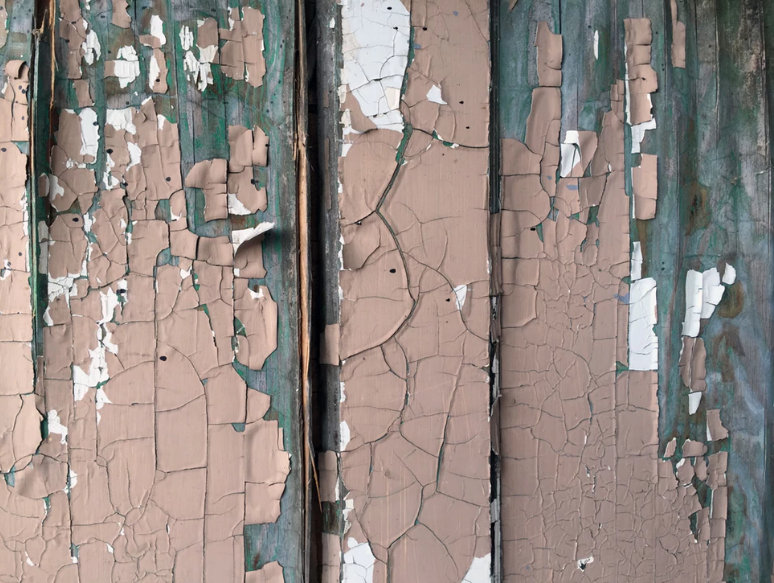Why Does Paint Crack, Bubble or Peel?

There are many reasons why paint cracks, peels or bubbles occur on your home surfaces. In some cases, it is because of negligence during painting while in other cases it is incidental.
Paint blistering and bubble
The blistering or bubble occurs because the paint was on a damp, dirt or hot surface. This creates an uneven appearance of bubbling or blistering. It is good to sand and prime your surfaces before painting to avoid blistering or bubbling.
Bubbling or blistering also happens if you apply oil-based paint over the latex paint. Ensure you test old painted surfaces by rubbing alcohol and using a cotton ball. In case the cotton ball has paint on it, it means you have a latex paint. It is good to match the same type of paint over an old paint first to prevent blistering.
Bubbling can come because of moisture. Check for water damage. You can choose to hire a professional to take care of the painting as they know how to handle the condition and ensure water damage does not affect your paint job.
Termites can cause blistering or paint bubbling. Get a pest control company inspect your home for any signs of termite infestations.
Crack paint
Cracks come because you did not prime the walls before painting. Priming removes moisture because painting should be on a dry surface. The paint can crack because it was of poor quality. Low-grade paints cause low finishing which leads to cracks in future. Low-quality paints are cheap and can come from quality brands.
Cracks can be because you mixed latex paint with oil based paint leading to improper drying resulting in cracks. Make sure you prime the area first before you mix paints. Never rush the paint application even if the process is tedious. Rushing the paint job makes low quality and not up to the requirement.
Do not apply the second coat too soon, give the first coat time to dry.
Paint peeling
Peeling is because of a damp surface. Painting on moisture surface results in peeling. You can hire someone to inspect the property for water damage and fix the problem immediately. Early detection of damp surface helps you stop further damage.
Do prep work correctly. Clean the walls properly before painting to stop the paint from peeling. Prime your walls before painting and take your time but do it thoroughly and properly.
There are many problems people encounter when they are painting their homes. The common one is choosing the wrong paint. There are many paint options, but they have small differences based on personal preferences. Pay special attention to some characteristics like using paint formulated for outside use on home exterior.
The home exterior is always exposed to elements like sunlight, color, precipitation and hot weather among other variations. Therefore, the home exterior requires a paint formulated for outside use as it is the only one that can withstand the conditions. Use paint formulated for internal use for all interior paint jobs as they can withstand the conditions in a controlled environment.
Loss of adhesion
Paint can lose adhesion over time for different reasons like long-term exposure to moisture or heat. For instance, when your bathroom has a poor ventilation is can cause paint bubbles due to excess moisture. Hash weather in some areas can make paint lose adhesion like in areas with high humidity and hot temperatures.
Prepare your surface better
Do not rush the painting process. A greasy or dirty surface can prevent the paint from adhering correctly. This can impact your lie and the appearance of your paint job. Power wash your home exterior surfaces and wipe down your interior surfaces while paying special attention to the areas close to the cooking surface which have grime and grease build up over time.
First, remove the old paint that is peeling or cracking if you are painting over a previously painted surface. Painting over such paint can cause the new paint job to peel or crack prematurely. Take your time to strip away the old paint to have a better chance of getting a long-lasting and high-quality paint job.
Sand the surface beforehand to toughen the walls and give the paint job a better chance of sticking. Test the surface to confirm that the paint is sticking. When painting the surface do not spread your paint too thin or too thick.
There are many variables to a paint job which can bring you headaches. It is good to hire a professional painting company to do the preparation work and paint job.
